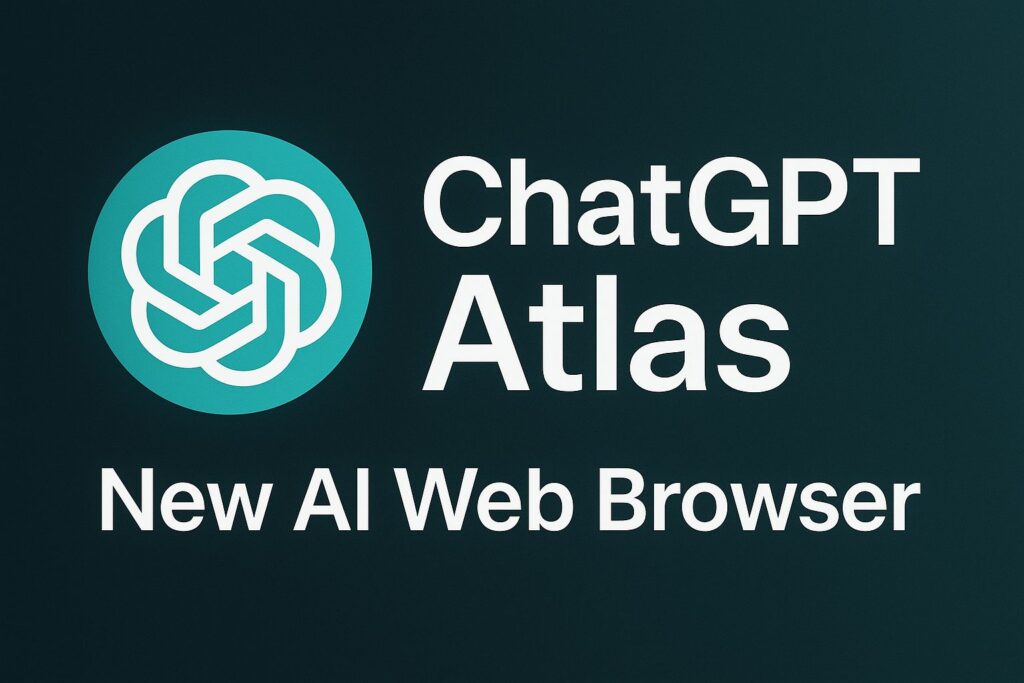Demand Forecasting – AI and machine learning can analyze vast amounts of historical data on sales, inventory levels, production schedules, and more to more accurately predict future demand fluctuations. This helps avoid stockouts and overstocking.
Inventory Optimization – Combined with demand forecasting, AI can determine the optimal inventory levels and mix of products/parts/materials to have on hand at each point in the supply chain. This minimizes waste and downtime from shortages.
Anomaly Detection – AI systems can monitor KPIs like shipment delays, production yields, and order cancellations to spot anomalies and issues early. This gives supply chain managers more time to respond to disruptions.
Route Optimization – For logistics and transportation, AI can optimize delivery routes and schedules based on current conditions like traffic, weather, vehicle availability to reduce costs and delivery times.
Supplier Risk Monitoring – AI can evaluate suppliers based on their past performance, location, financial health, and other factors to continuously assess risks to the supply chain. This helps choose more resilient partners.
Automated Operations – At warehouses and distribution centers, AI is powering automated systems like robots, conveyor systems, sorting machines to make operations more efficient and less impacted by reduced labor availability.
So in many ways, AI is helping to mitigate risk, boost visibility, and optimize performance in supply chains to overcome challenges from demand swings and unforeseen disruptions. The key is having the right data and systems to enable these AI applications.
Predictive maintenance – AI-powered IoT sensors can monitor equipment health and predict failures. This allows repairs to be scheduled without unplanned downtime that disrupts operations.
Virtual inventory aggregation – AI enables tracking inventory across disparate systems in real-time. This gives a unified view to better control inventory levels and redirect stock during shortages.
Cognitive agents – Chatbots and digital assistants using NLP help suppliers, customers and employees get answers fast. This removes delays from information gaps during hectic disruptive periods.
Simulation modeling – AI simulations can model “what-if” scenarios to test responsiveness to various supply or demand shocks before they occur. Preparedness is improved.
Distributed ledger tracking – Blockchain provides immutable records of asset locations and transactions. In case of border closures or port congestion, alternative routes can be rapidly evaluated.
Automated procurements – AI procures inventory and services on behalf of planners, based on parameters like cost, availability, ETA. This workflow continues despite staffing issues.
Multimodal transportation – AI recommends optimal combinations of marine, air, rail, trucking based on a host of dynamic factors. Flexibility to shifts is boosted.
Dynamic rerouting: AI can continuously monitor transportation networks in real-time and recommend reroutes if there are delays, closures, capacity issues, etc. This improves resilience.
Alternative sourcing: If a primary supplier is impacted, AI helps qualify and onboard secondary/tertiary suppliers faster based on their ability to meet requirements.
Automated documentation: AI processes customs documents, certificates of origin, bills of lading to expedite clearance through borders where manual work is delayed.
Distributed workforce: AI aids task allocation and coordination for distributed/remote human workers involved in supply chain operations during labor shortages.
Predictive quality control: AI detects anomalies and defects earlier in manufacturing/packaging through computer vision, saving rework costs from issues down the line.
Autonomous logistics: Advancements like self-driving trucks and warehouse robots controlled by AI keep inventory moving even if human drivers/operators aren’t available.
Cognitive supply chain mapping: AI constructs a dynamic 360-degree digital model of the extended supply network to find pressure points and redundancy options.
Optimal inventory placement: AI determines where to position buffer stockpiles within the network for quick redistribution during local supply issues.
The key is AI brings more agility, resilience and ability to think probabilistically for adaptive decisions under uncertainty. This helps supply chains bounce back from disruptions faster.
Discover more from TechResider Submit AI Tool
Subscribe to get the latest posts sent to your email.






